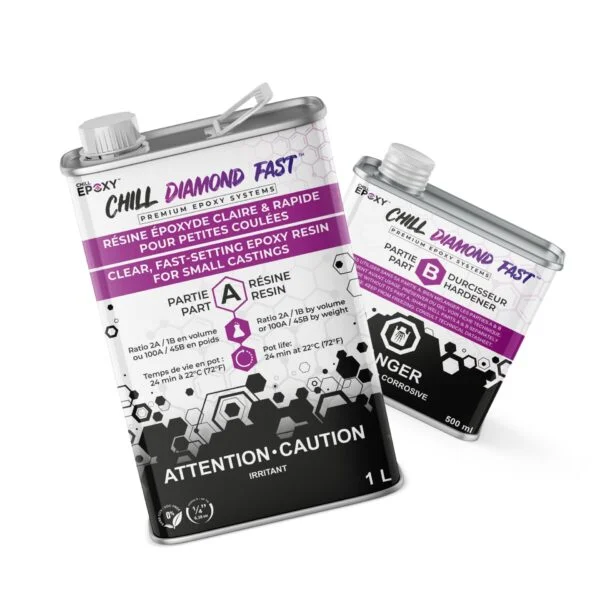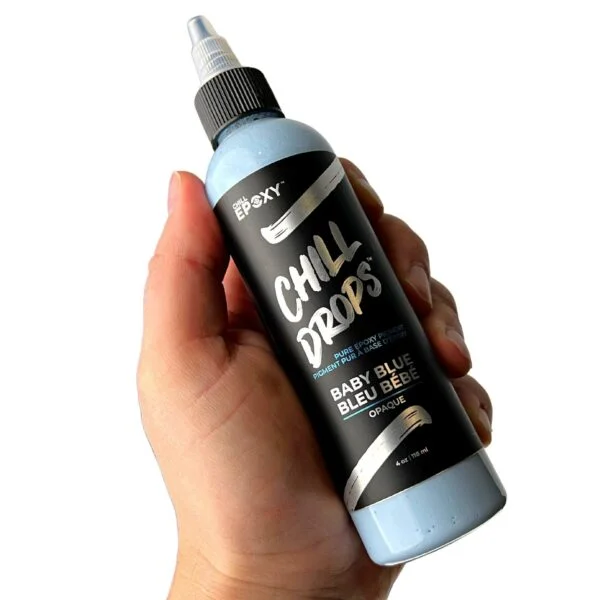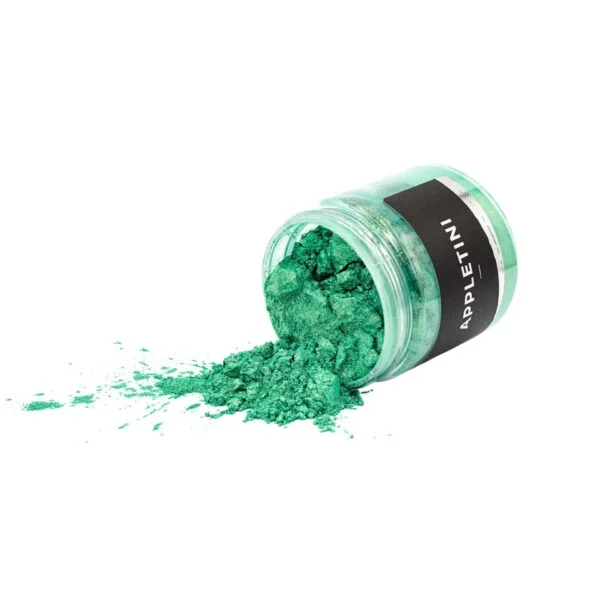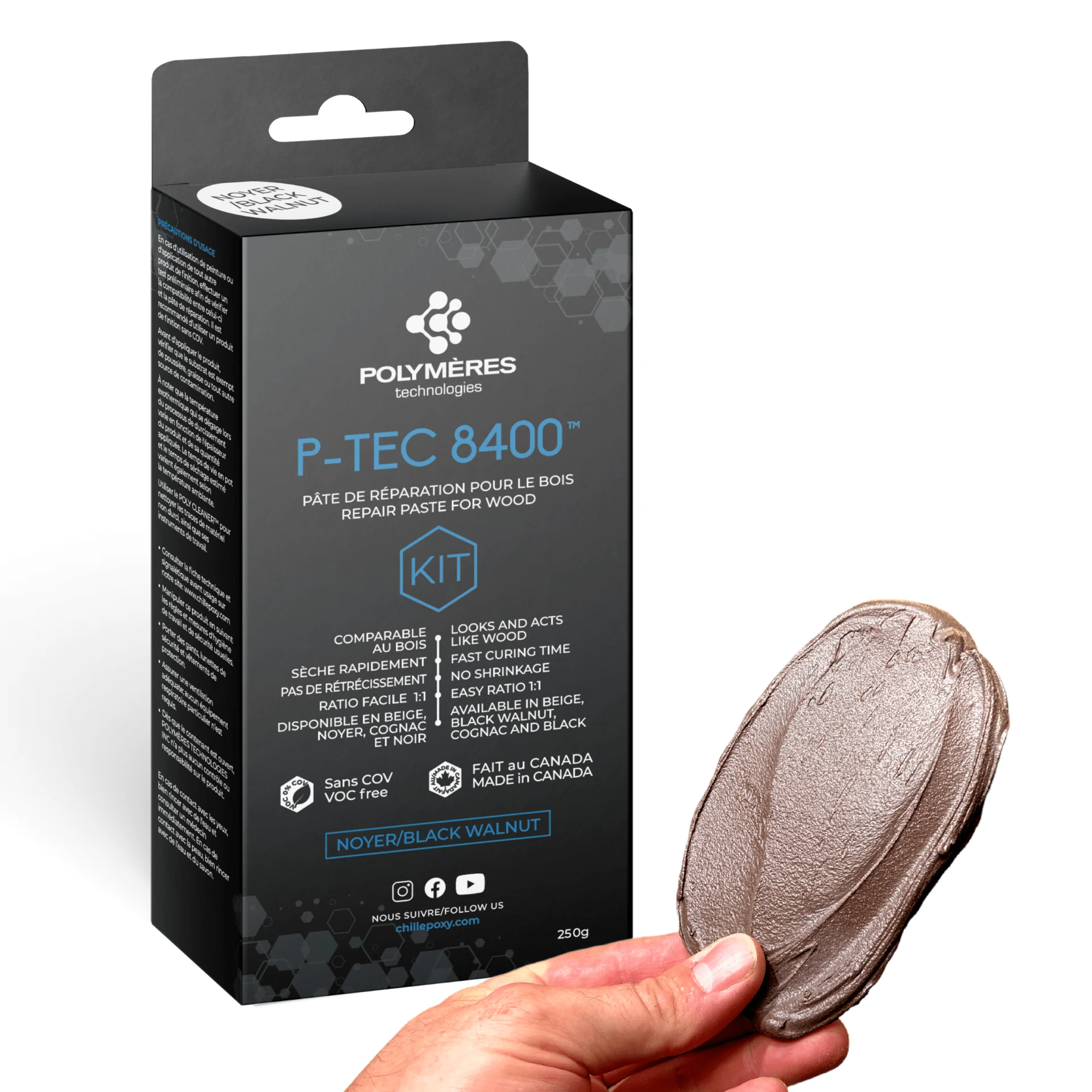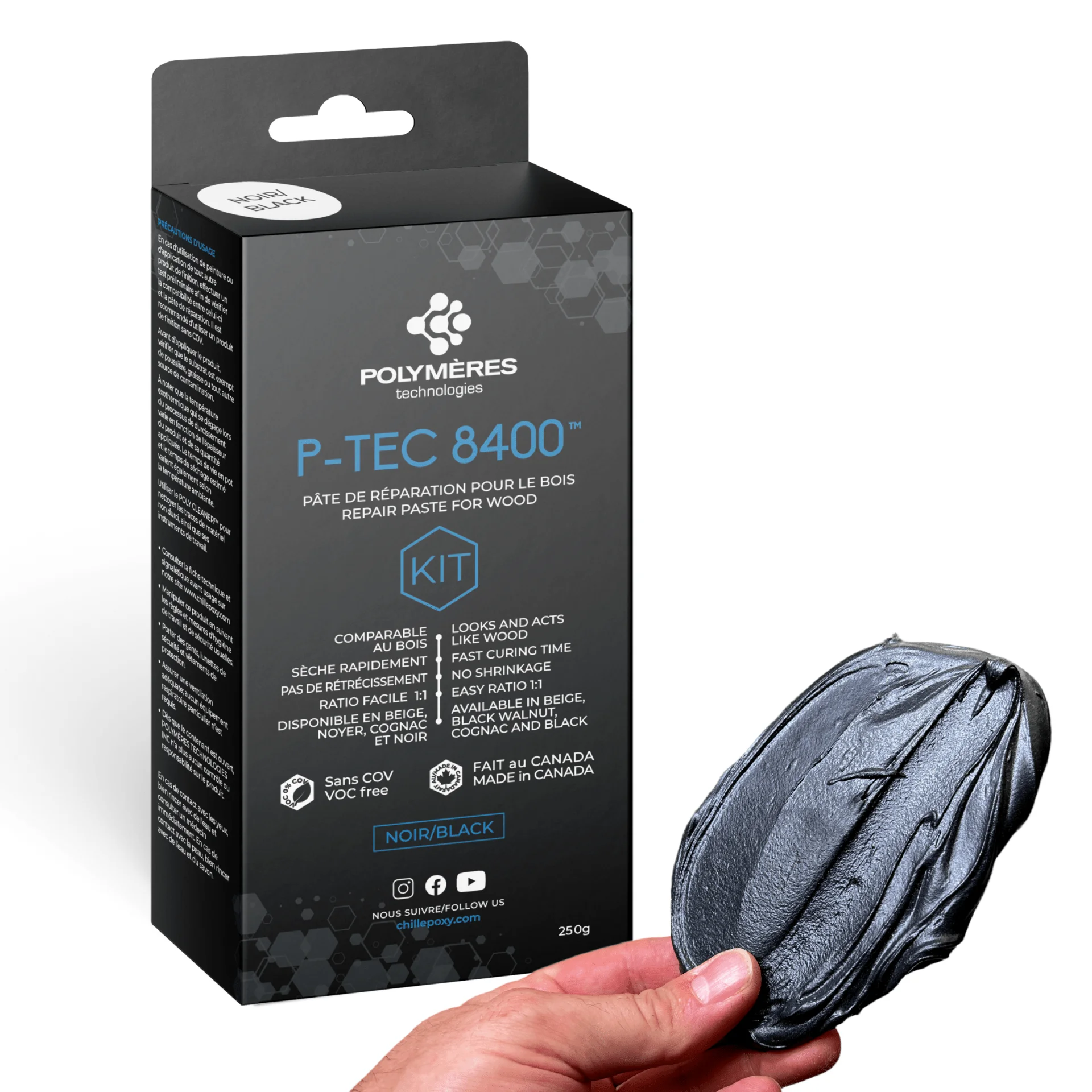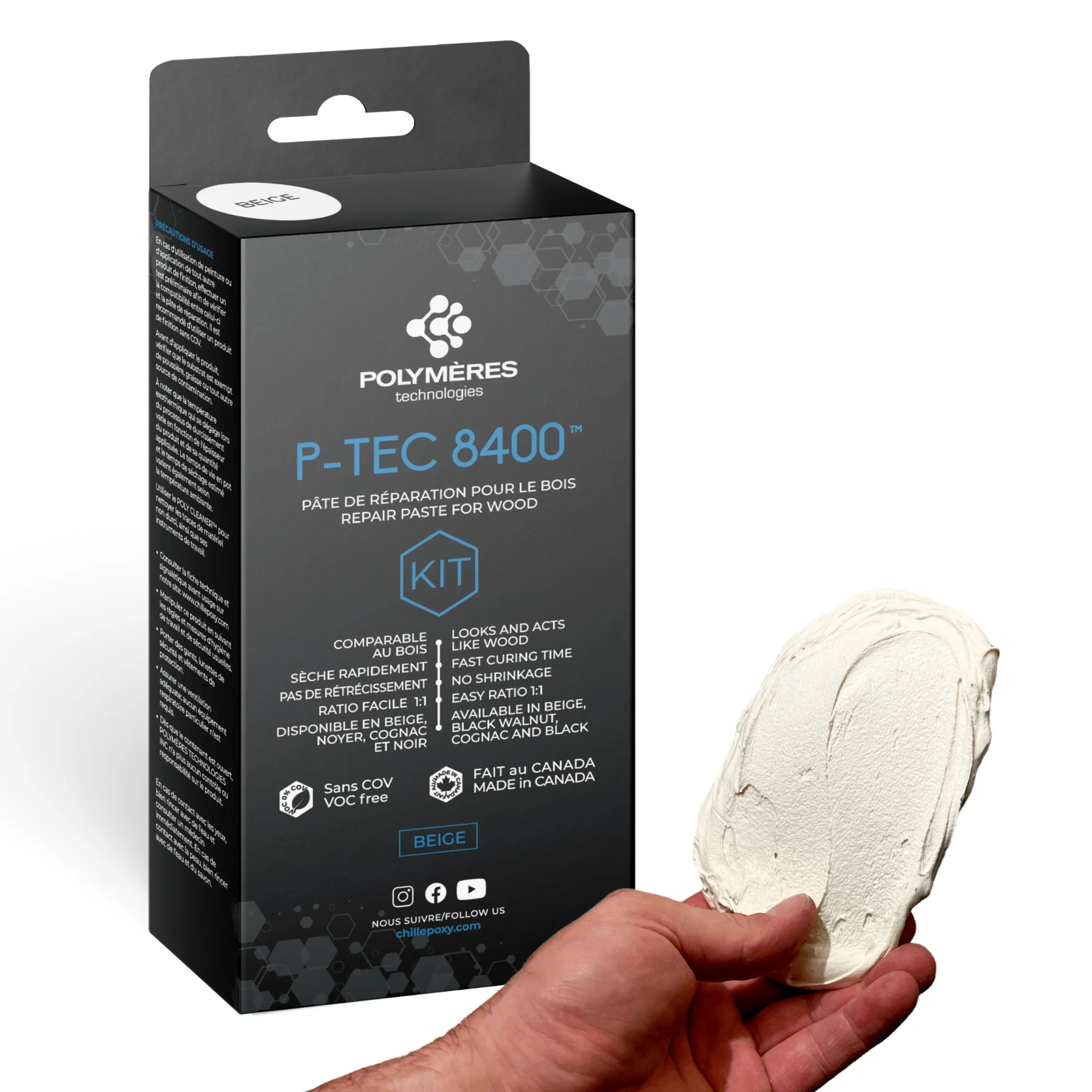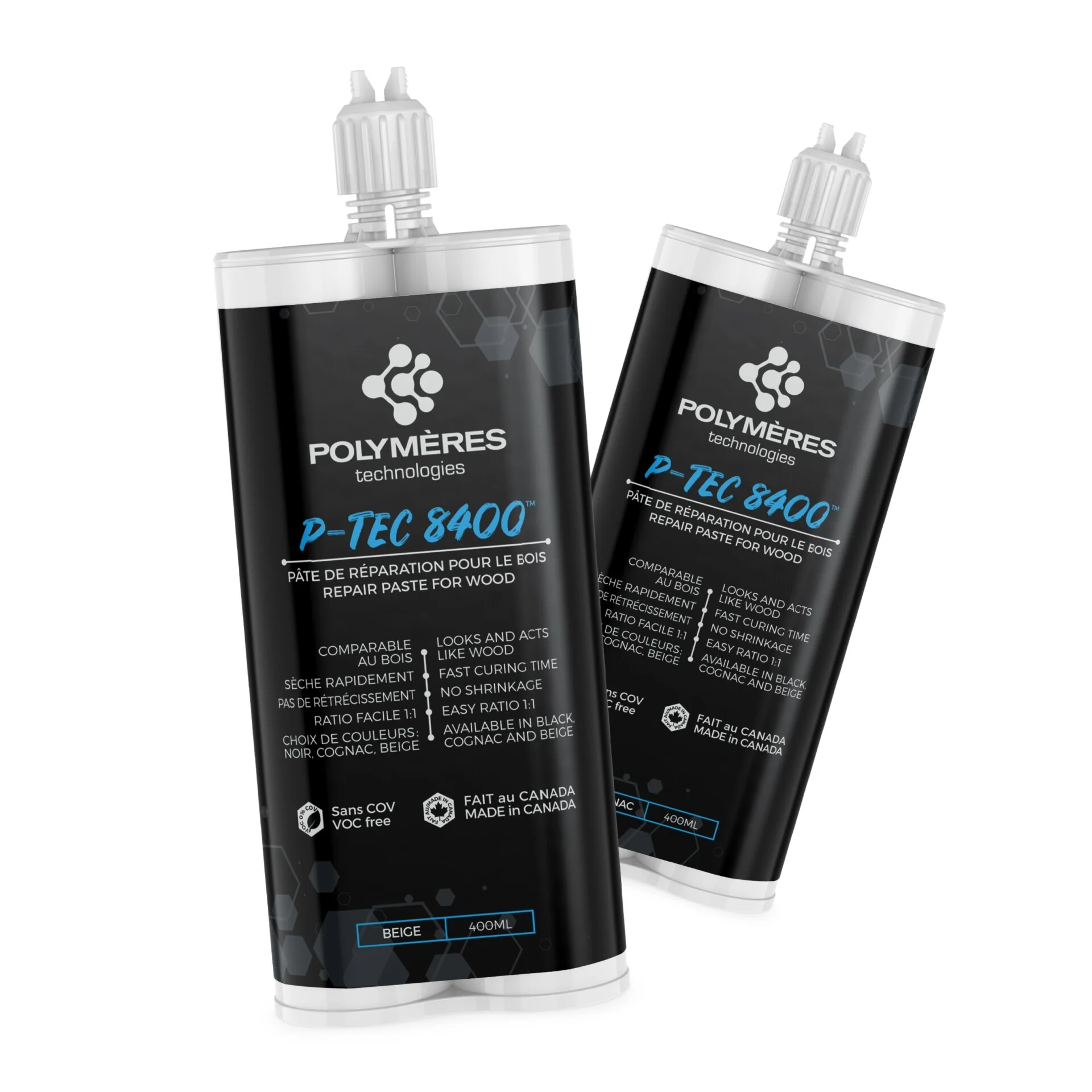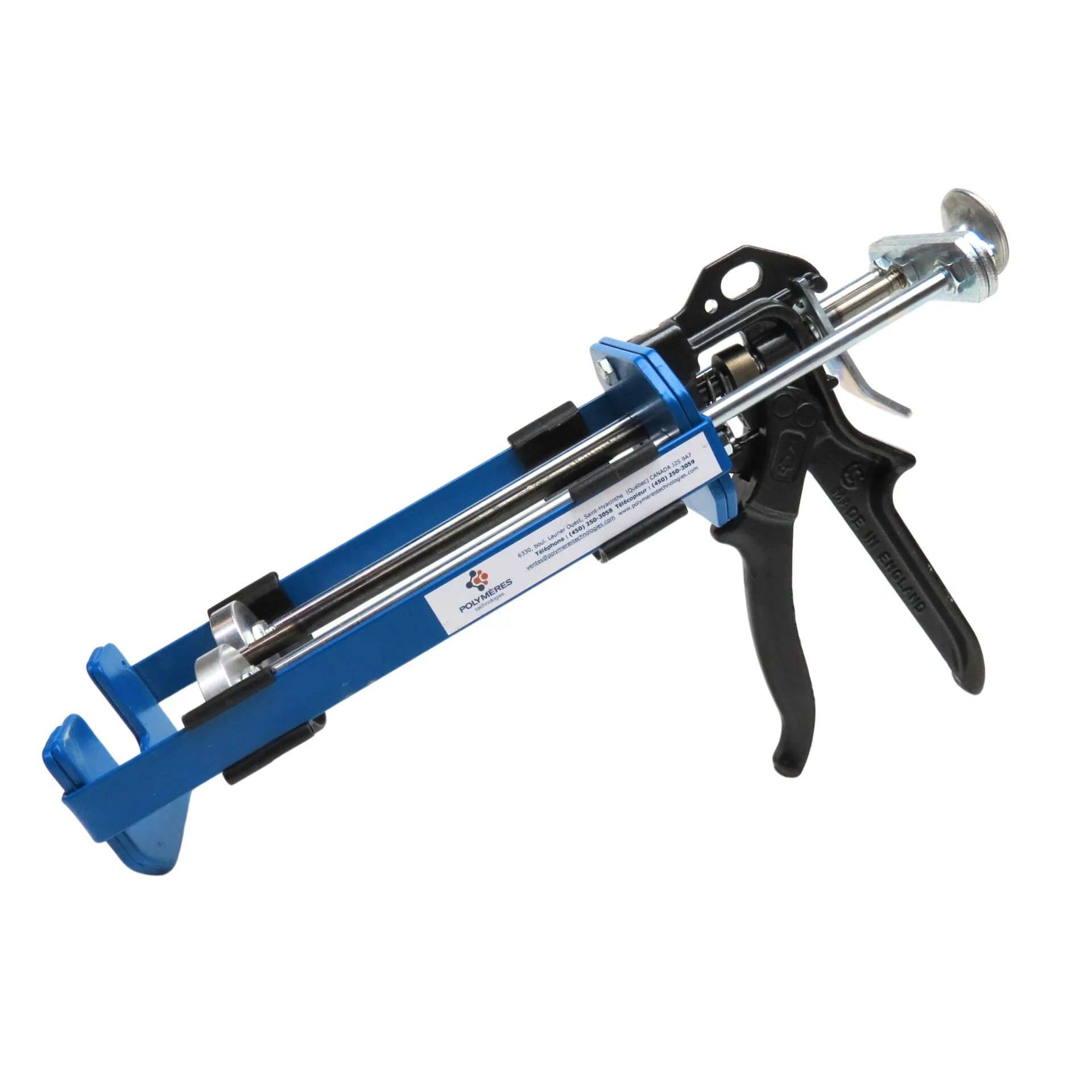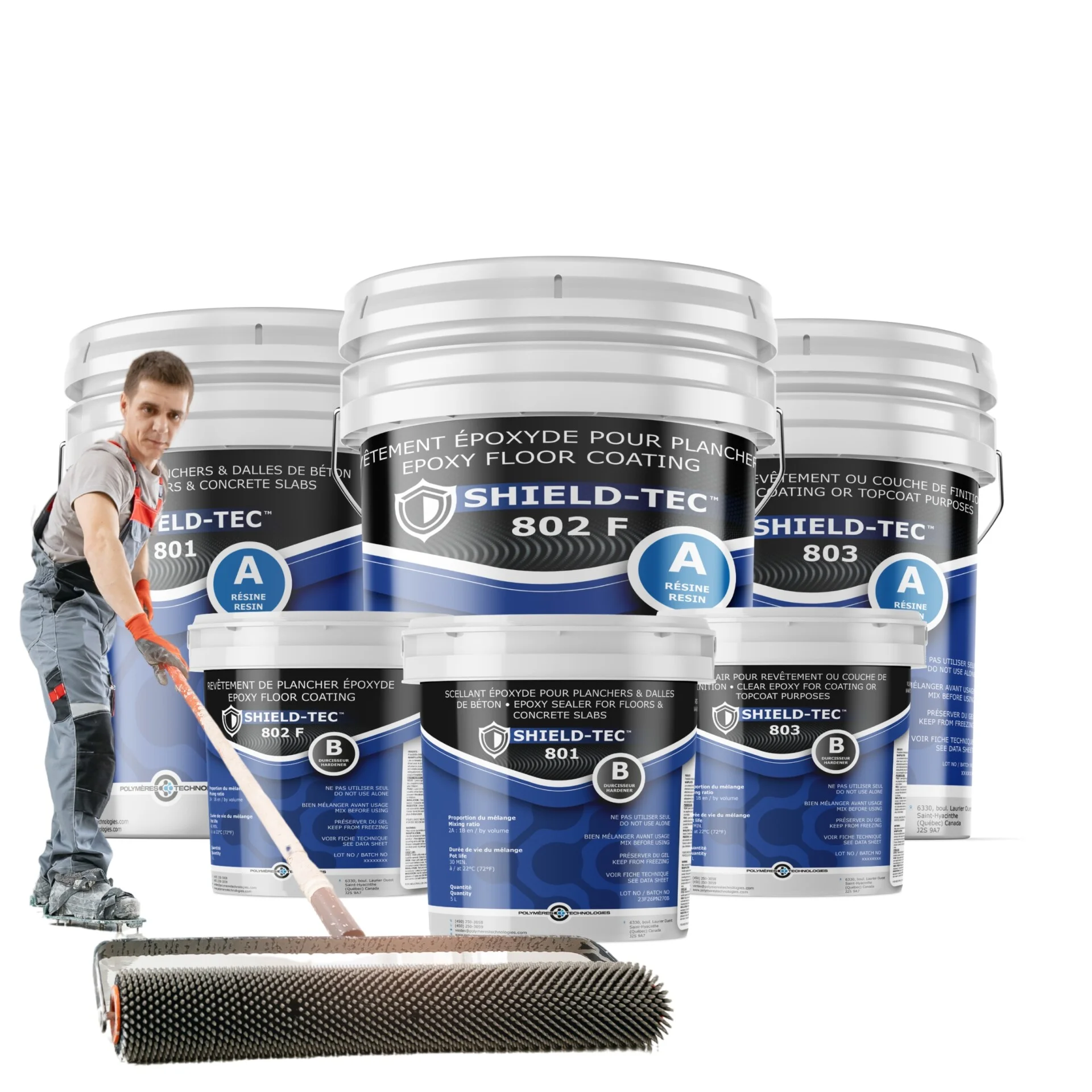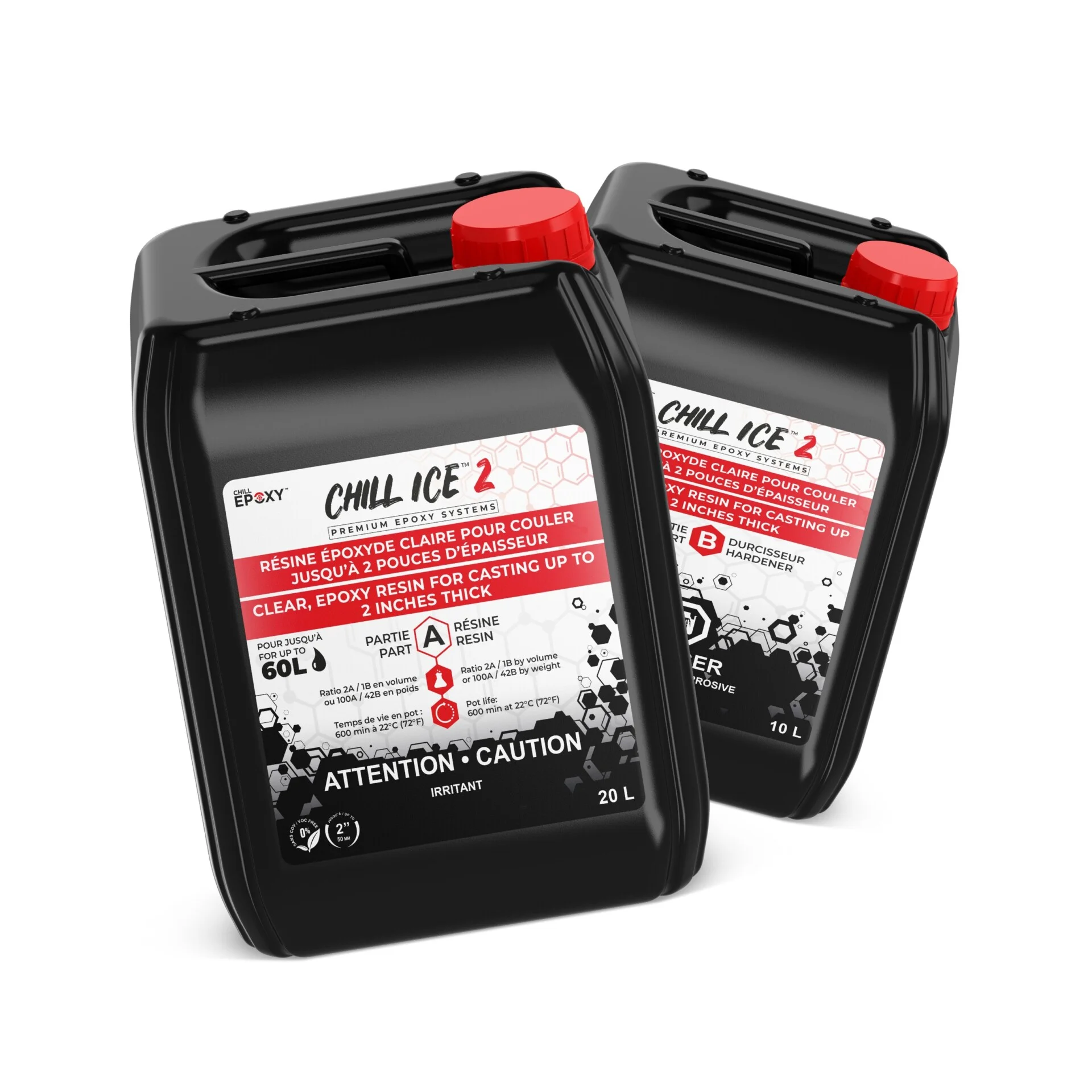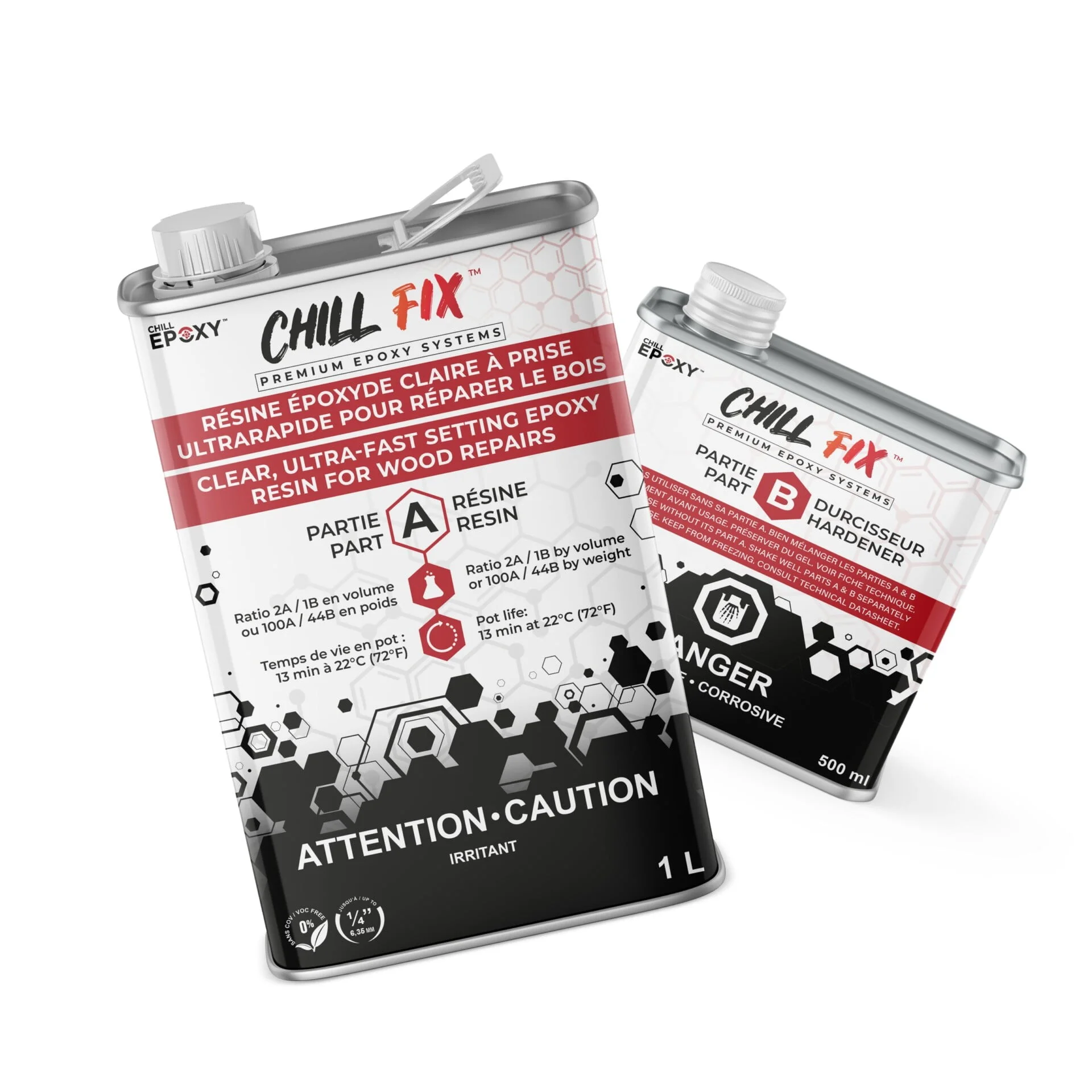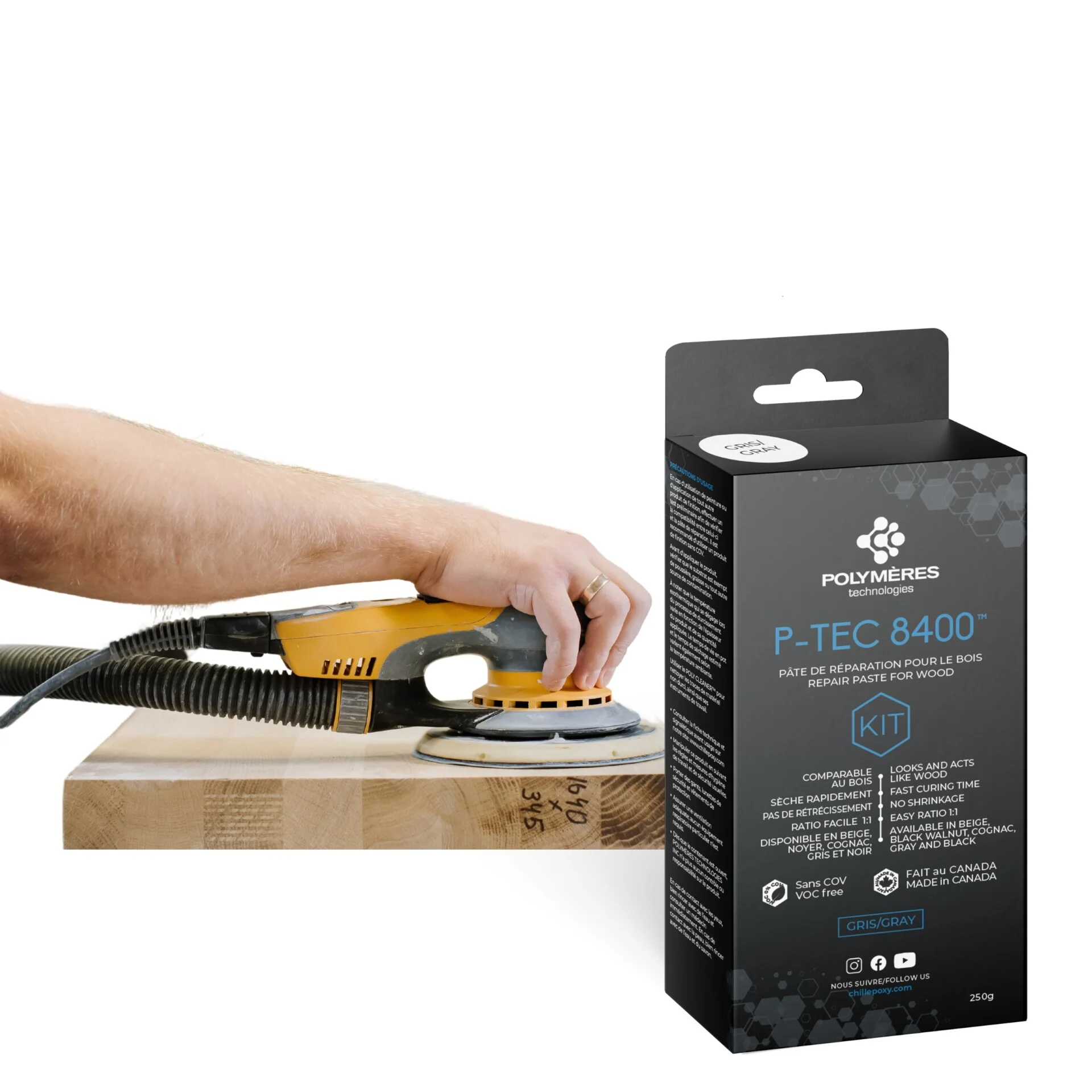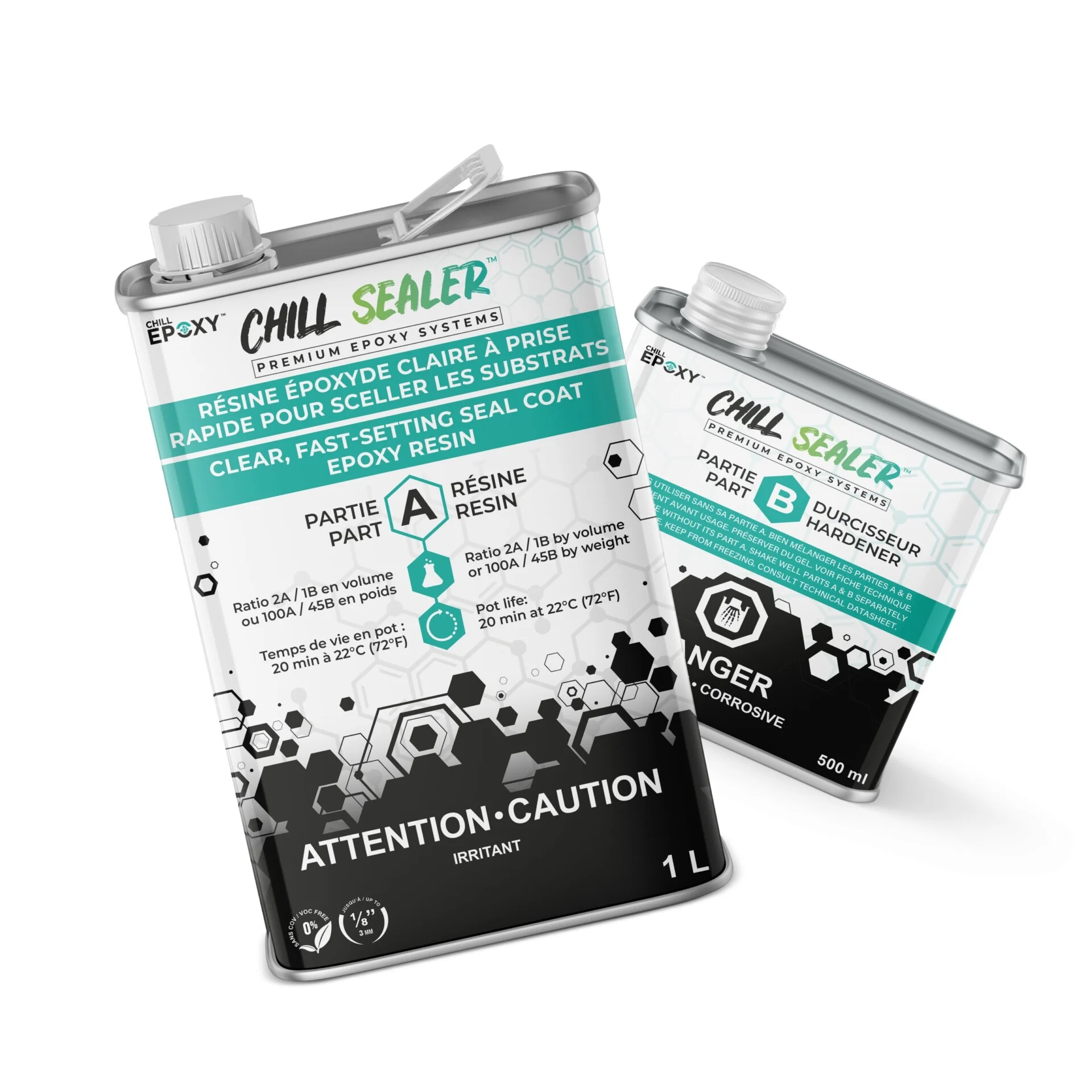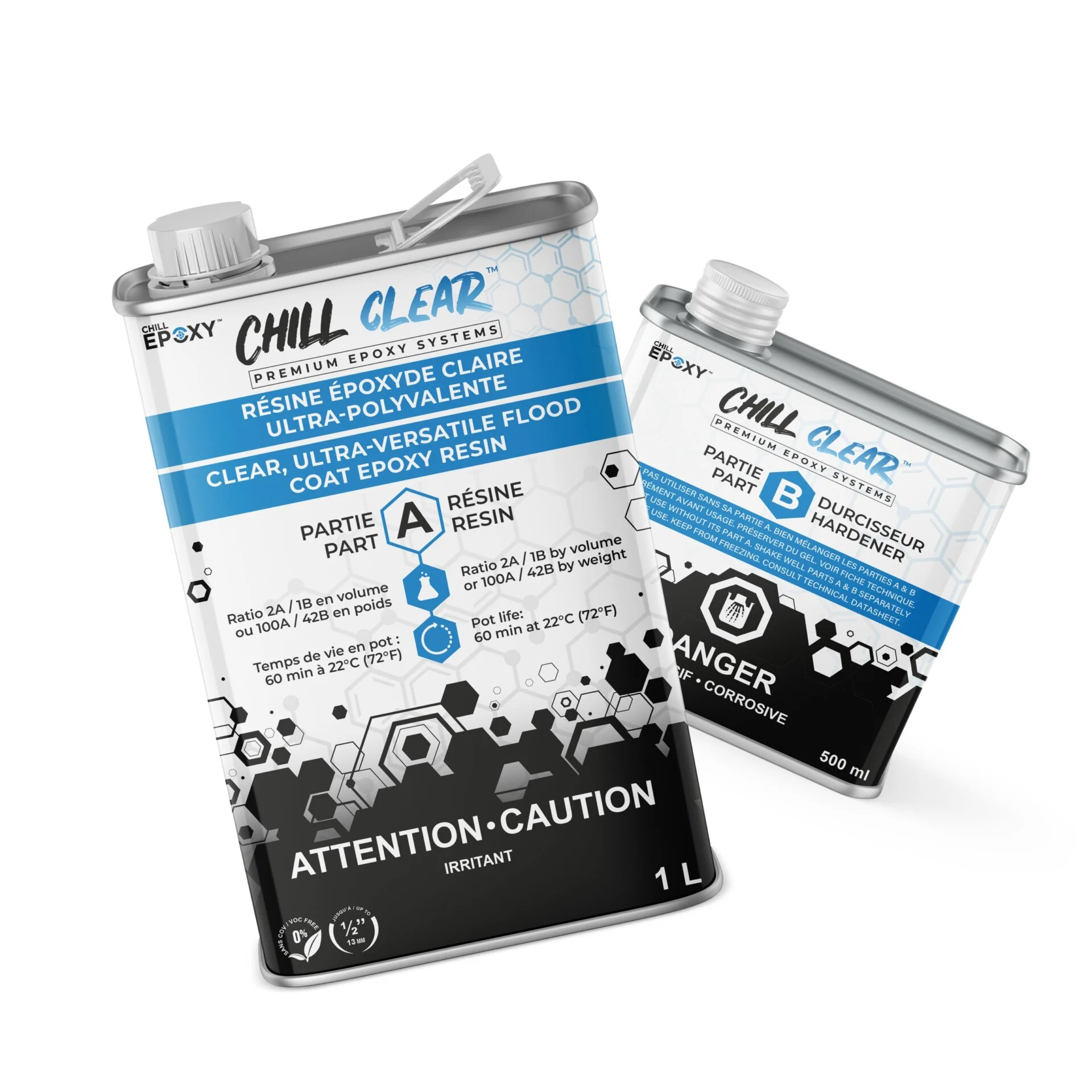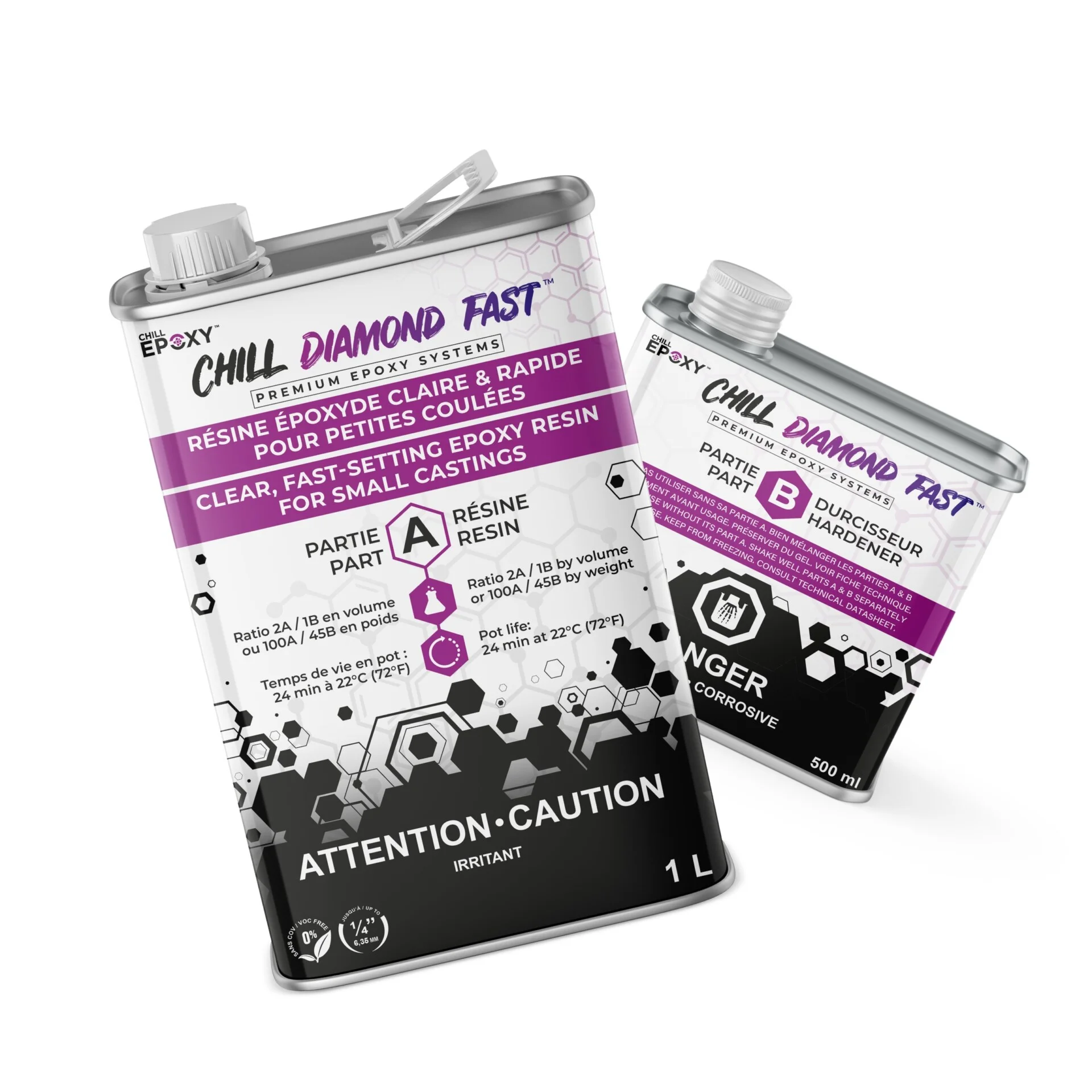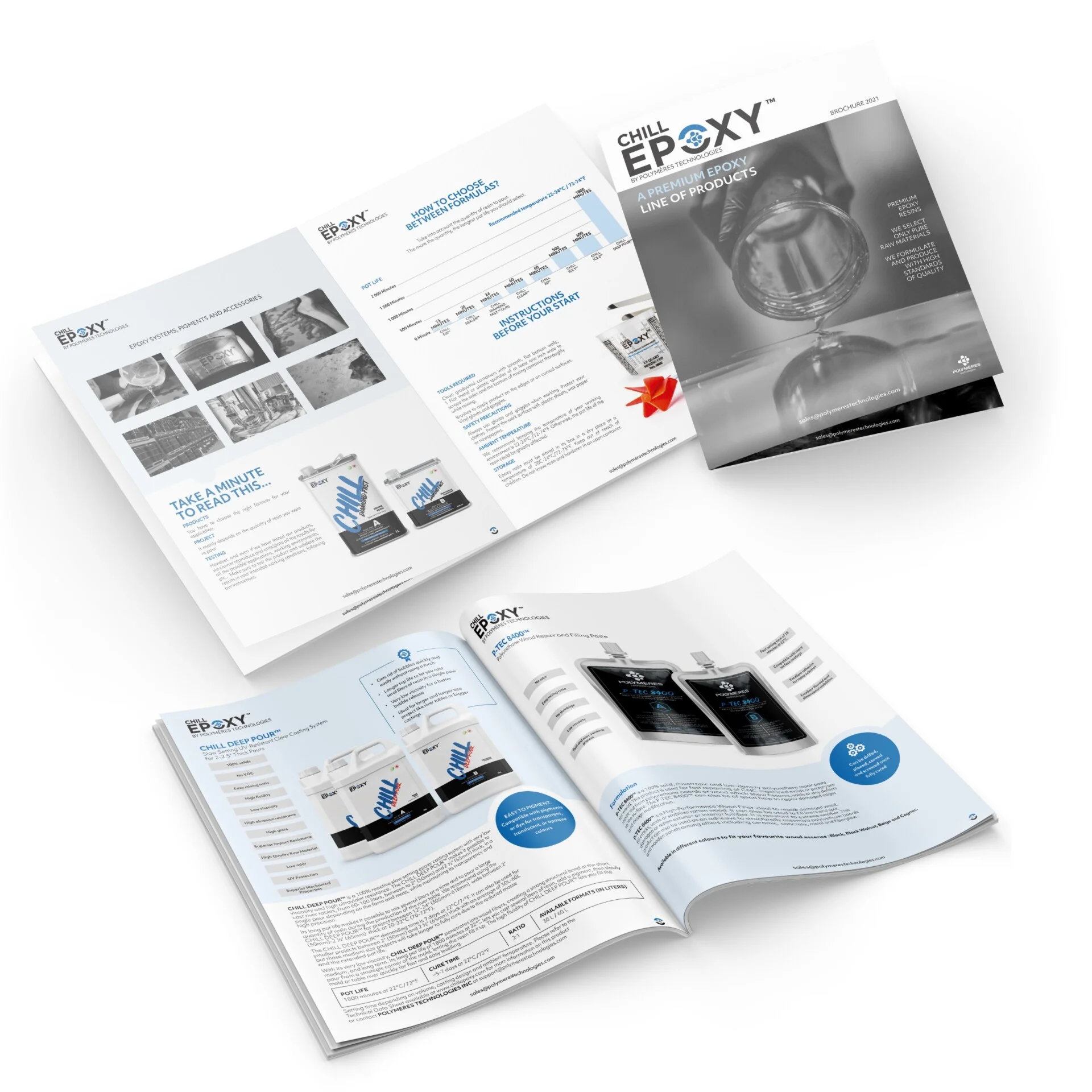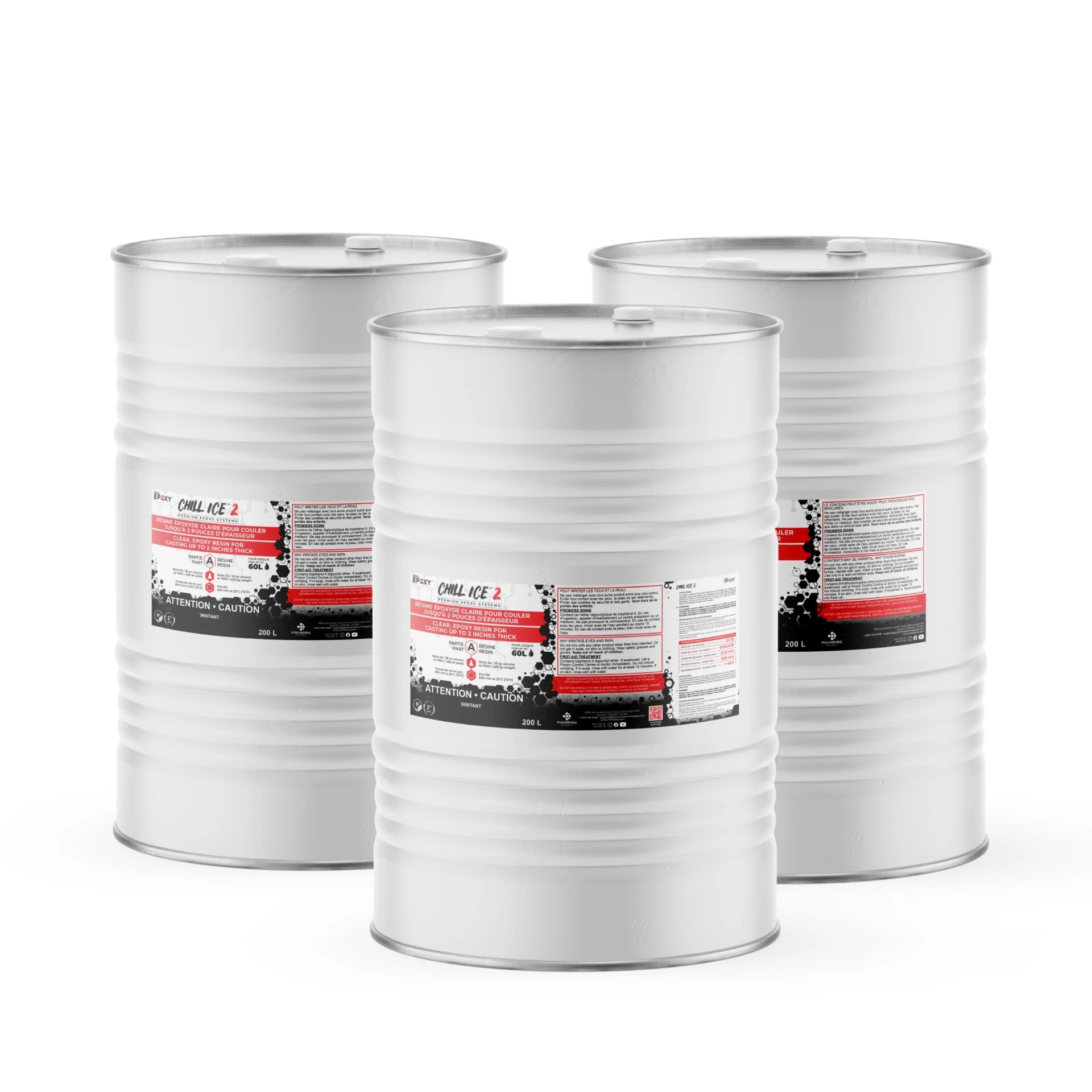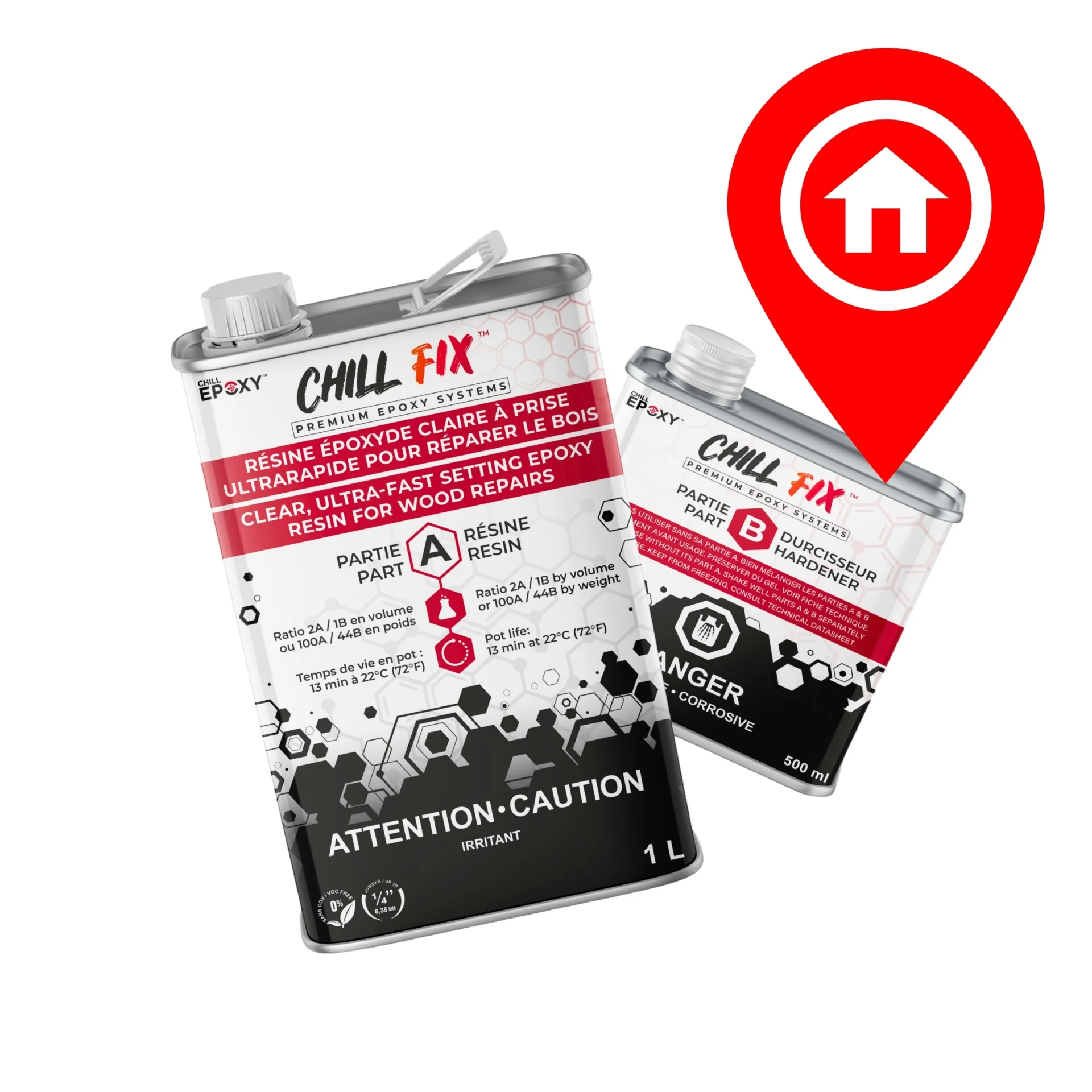FAQ, Troubleshooting
Soft and Sticky Epoxy Resin: Causes and Solutions
Soft and Sticky Epoxy Resin: Causes and Solutions
Soft or sticky epoxy resin can be caused by a variety of issues, including improper mixing, high humidity, and high temperatures. Once passed the curing time, if you observe that your resin remains sticky, it is very likely that you did not follow strictly the ratio or mixing process indicated.
One possible solution is to ensure that the resin and hardener are mixed thoroughly and in the correct ratio. Improper mixing can cause the epoxy to cure incorrectly, resulting in a soft or sticky finish.
Another potential issue is high humidity or high temperatures. Epoxy resin prefers a temperature between 68-74°F and humidity below 60%. If you pour epoxy resin with a high level of humidity, it can affect the curing process and result in a number of issues. Another issue that can happen when pouring epoxy with high humidity is the development of a hazy surface or a white, powdery residue called “blush”. Blush is caused by moisture that is trapped in the epoxy during the curing process. This can make the surface of the epoxy look dull and cloudy.
To avoid these issues, it is recommended to pour epoxy in a room or space with a humidity level below 60% and a temperature between 60-90°F. If the humidity level is high in your area, you may want to consider using a dehumidifier or waiting for a day with lower humidity to pour your epoxy.
If the epoxy has already been poured and has cured improperly, it may need to be sanded or re-coated with a fresh layer of epoxy. However, it is important to ensure that the underlying cause of the problem has been resolved before applying a new layer.
It is also important to note that some epoxy resins are designed to be soft or flexible, so it is important to use the correct type of resin for your project. If you are unsure about the type of epoxy you should use, it is best to consult the manufacturer or a professional for guidance.
If all else fail, you may need to consult with a professional or the manufacturer for further guidance on how to troubleshoot and solve the problem.
If the product has not reached full hardness, has soft spots or, is not curing properly, it can be caused by a few things:
- Ratio not precise (weight or volume)
- Mixing process isn’t done properly causing the molecules to not be 100% homogeneous, so the molecular chain is not fully closed causing less SHORE D (hardness), less heat resistance, and soft spots.
- Mixing the resin for a minimum of the recommended time is imperative
- The sides and bottom of the flat mixing cup should be scraped regularly to remove unmixed epoxy.
- Use professional tools to mix your resin such as flat metal spatula and jiffy mixers. Avoid spoons, forks, popsicle sticks, 2 x 4 studs, brooms; we have seen it all… trust me!
- Temperature: each F/C under 72F/22C will slow down the curing process by 15-25% depending on mass.
- Did you use the appropriate part B for the appropriate part A?
- Don’t use parts A and B from different systems, the stoichiometry will change and the resin will not cure.
- Do not use dirty tools or/and dirty pails because they can contaminate your resin and cause problems.
- Do not mix small quantities such as few milliliters or grams of the CHILL EPOXY™ products because a small percentage error on the mass/volume of resin will represent a large percentage difference on the ratio in volume/weight and this might affect the hardening of the resin.
3 milliliters error on 30 milliliters equals 10% and this will greatly affect the curing process. 3 milliliters error on 300 milliliters equals 1% which is totally acceptable.
Make sure you follow these recommendations to succeed in your project and avoid loss of resin, wasted time, and frustration. Nearly 100% of the problems come from bad weighing, measuring, and mixing.
Solution to salvage uncured, soft or sticky epoxy
If you have uncured, soft, or sticky epoxy, there are a few solutions that may help to salvage the project.
One solution is to re-coat the epoxy with a fresh layer, after sanding down the existing surface to remove any imperfections, and then applying a new layer of epoxy. It is important to ensure that the underlying cause of the problem has been resolved before applying a new layer, such as proper mixing of the resin and hardener, and correct temperature and humidity level.
Another solution is to use a heat source or heat gun to try to speed up to the curing process. This can be done by exposing the epoxy to heat to activate the molecule and gain hardness. However, it is important to be careful when using this method as too much heat can cause the epoxy to yellow, go even softer or discolor, so you should use moderate temperature and time. Also this technique may not for if the epoxy very sticky.
A third solution is to use our ECO-FRIENDLY RESIN CLEANER SOLUTION to remove any sticky spots. This can be done by brushing or rolling the resin cleaner on the surface of the epoxy, and then removing the epoxy with a squeegee or metal scraper.
If the above solutions do not work, it may be best to consult with Polymeres Technologies technical team for further guidance on how to troubleshoot and solve the problem.
In addition, it is important to remember that epoxy curing is a complex process that can be affected by many factors such as temperature, humidity, mixing ratios and other environmental factors, so it is always recommended to follow the manufacturer’s instructions and guidelines for the best results.
The Science Behind High-Quality Epoxy Resin
At Polymeres Technologies Inc, we take pride in producing high-quality epoxy resin that meets the highest industry standards. Our strict quality control process ensures that every batch of epoxy resin is tested for consistency and performance, so you can trust that you’re getting a product that will deliver the best results.
Our quality control process begins with sourcing only the highest-grade raw materials for our epoxy resin. Our suppliers are carefully vetted to ensure that they meet our strict quality standards. Once the raw materials are received, they are thoroughly inspected and tested to ensure that they meet our specifications.
Once the raw materials have been approved, our experienced chemists then carefully mix and measure the resin and hardener in precise ratios to ensure a consistent product. Our epoxy resin is then poured into molds, where it is cured and inspected for any defects. The final step in our quality control process is rigorous testing. Our epoxy resin is tested for its strength, flexibility, and resistance to heat, chemicals, and other environmental factors. Only after passing all of these tests, is the epoxy resin approved for distribution.
We understand that sometimes, despite our best efforts, our customers may experience issues with our epoxy resin. However, we want to assure that most of the bad results are caused by the users end, such as improper mixing, high humidity, or high temperatures that affect the curing process and cause the epoxy to cure incorrectly.
We always recommend that our customers carefully read and follow the manufacturer’s instructions and guidelines for best results. And in case of any issues, we are always available to answer any questions and provide guidance on how to troubleshoot and solve the problem.
In summary, our strict quality control process ensures that our epoxy resin is of the highest quality and that you can trust that it will deliver the best results. And in case of any issues, it is most likely caused by the user end rather than our product.
In conclusion, our strict quality control process ensures that our epoxy resin is of the highest quality and that you can trust that it will deliver the best results. We take great care in sourcing only the highest-grade raw materials and testing each batch of epoxy resin for consistency and performance. We understand that sometimes, despite our best efforts, our customers may experience issues with our epoxy resin. However, we want to assure that most of the bad results are caused by the users end, such as improper mixing, high humidity, or high temperatures that affect the curing process and cause the epoxy to cure incorrectly. We always recommend that our customers carefully read and follow the manufacturer’s instructions and guidelines for best results, and in case of any issues, we are always available to answer any questions and provide guidance on how to troubleshoot and solve the problem.
DISCIPLINE IS THE FUEL OF ACHIEVEMENT…POLYMERES TECHNOLOGIES


